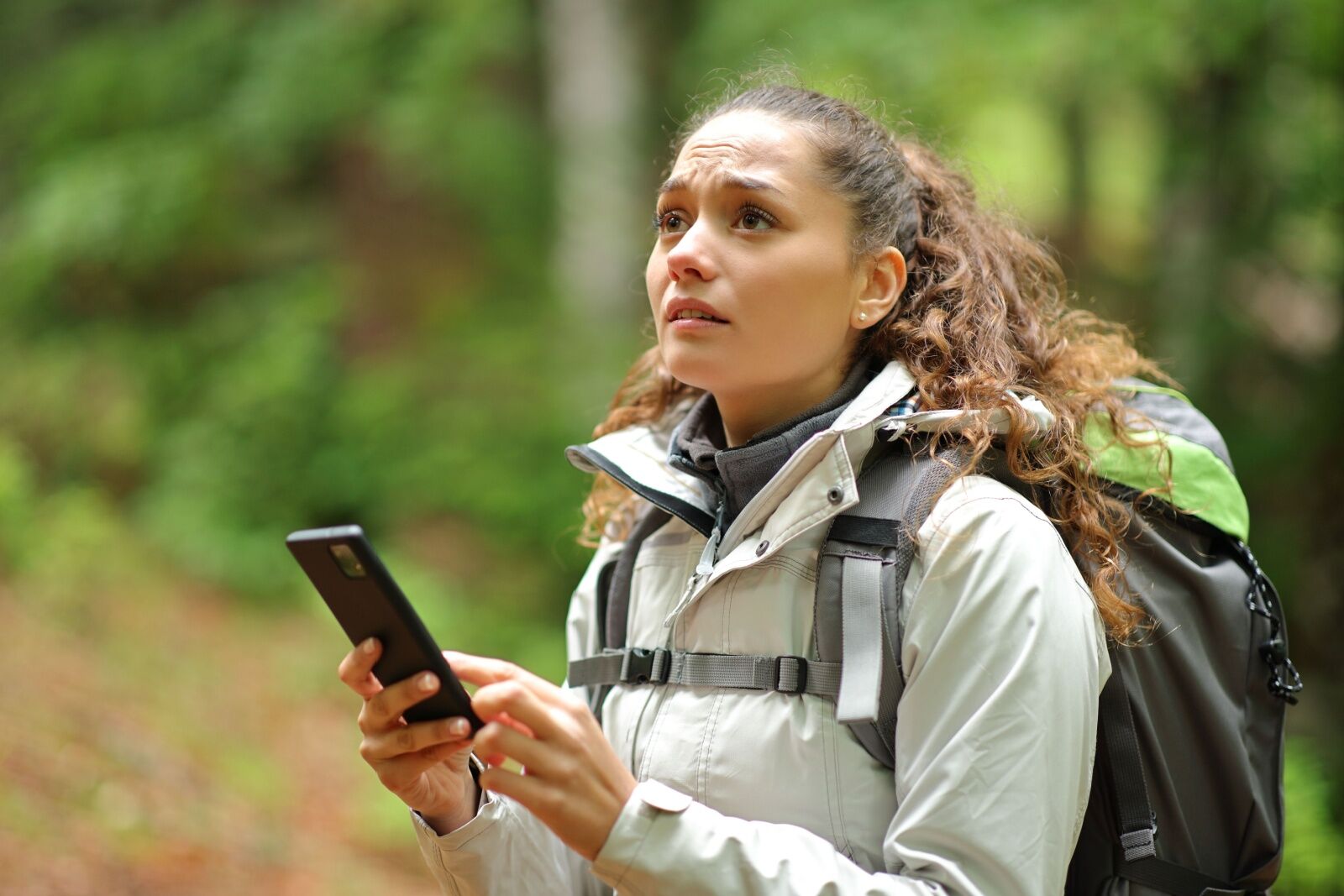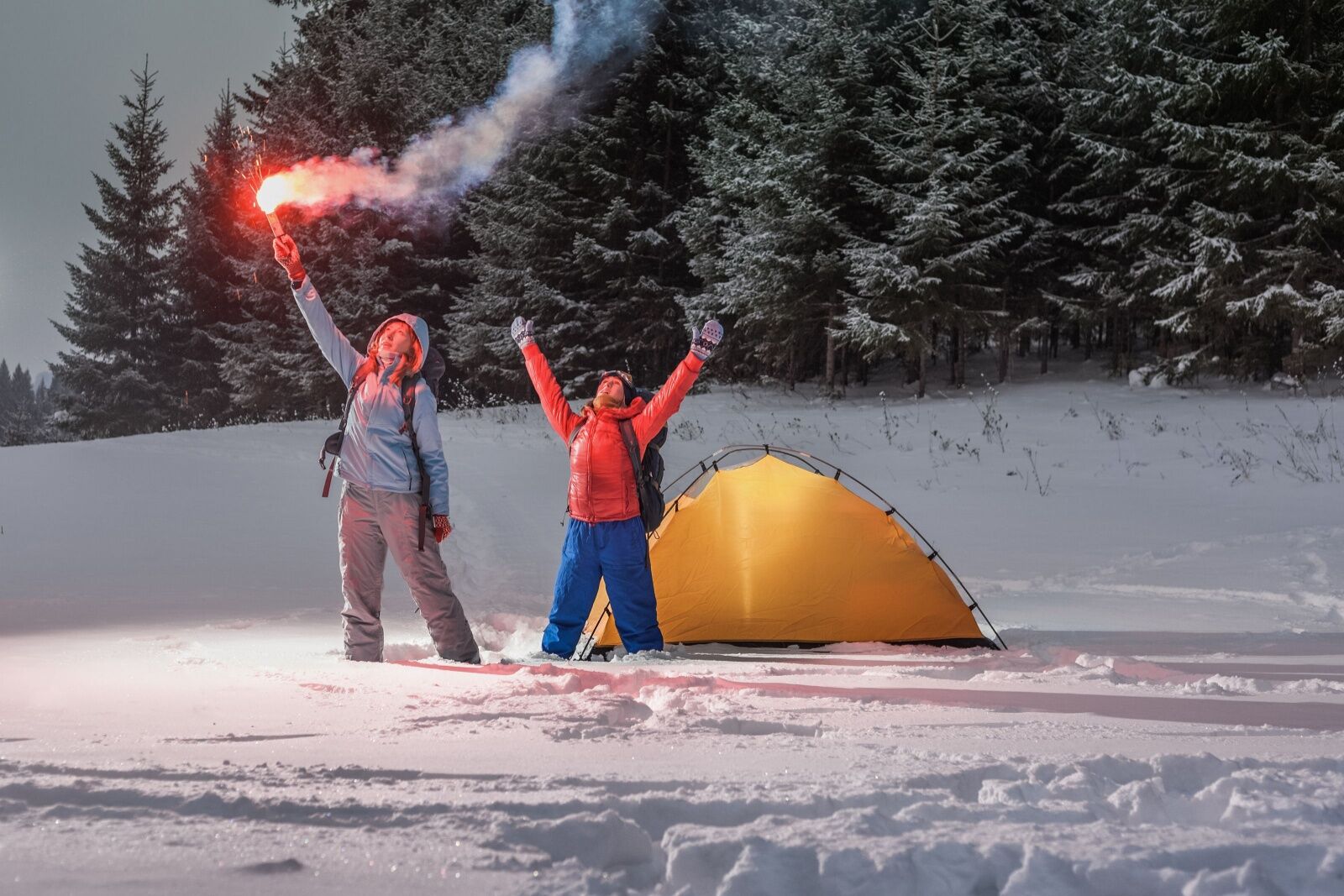Most people who venture into wilderness areas have a great time and come out totally fine — most.
Believe it or not, hiking is one of the most “dangerous” adventure sports out there, based on the number of people who are hurt or injured each year while doing it. It’s still relatively safe, and some of the reason it appears unsafe is just because it’s one of the more accessible outdoor activities. The more people there are hiking, the more people there will be that go lost and missing while hiking, as opposed to a less-popular activity, like ice climbing.





